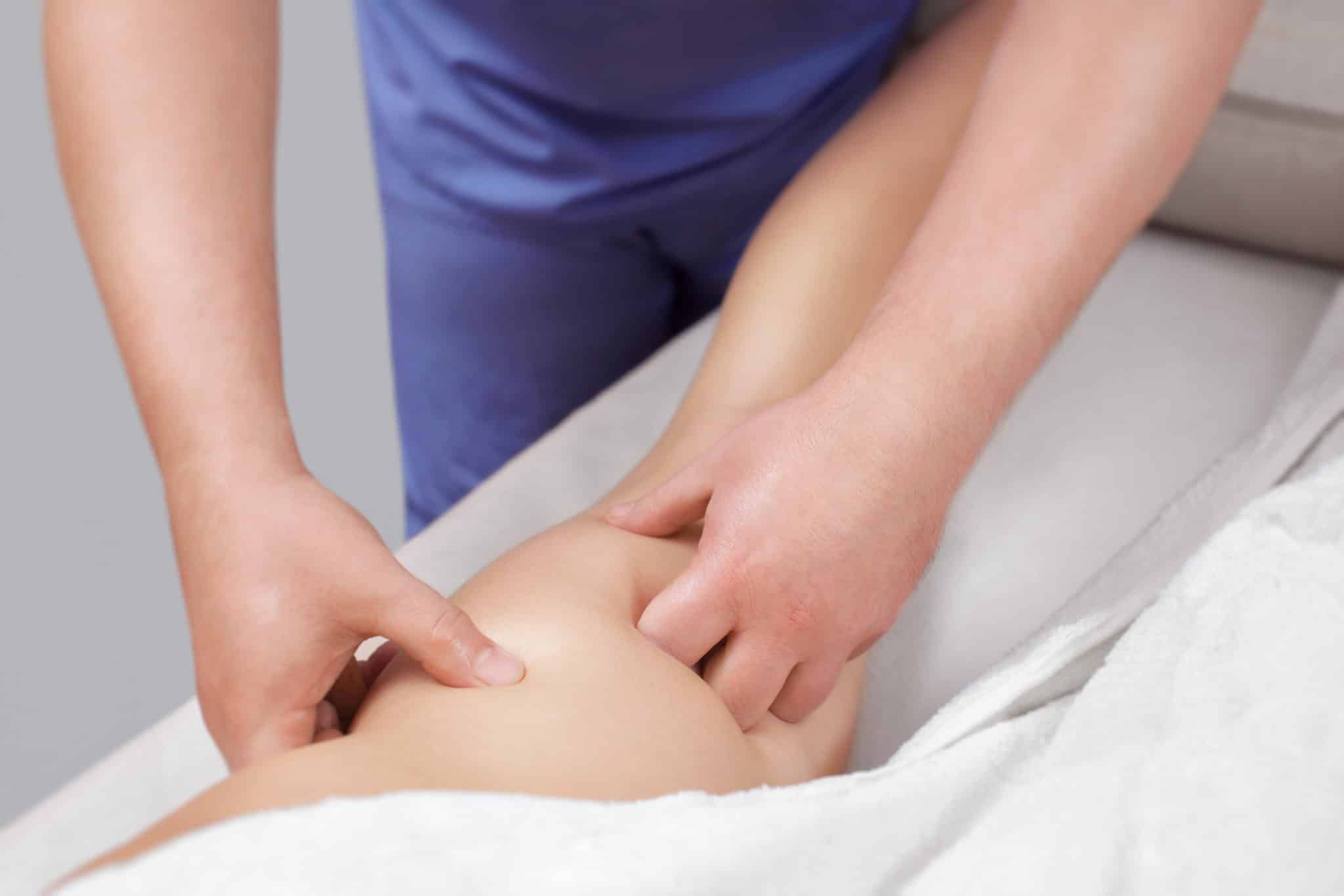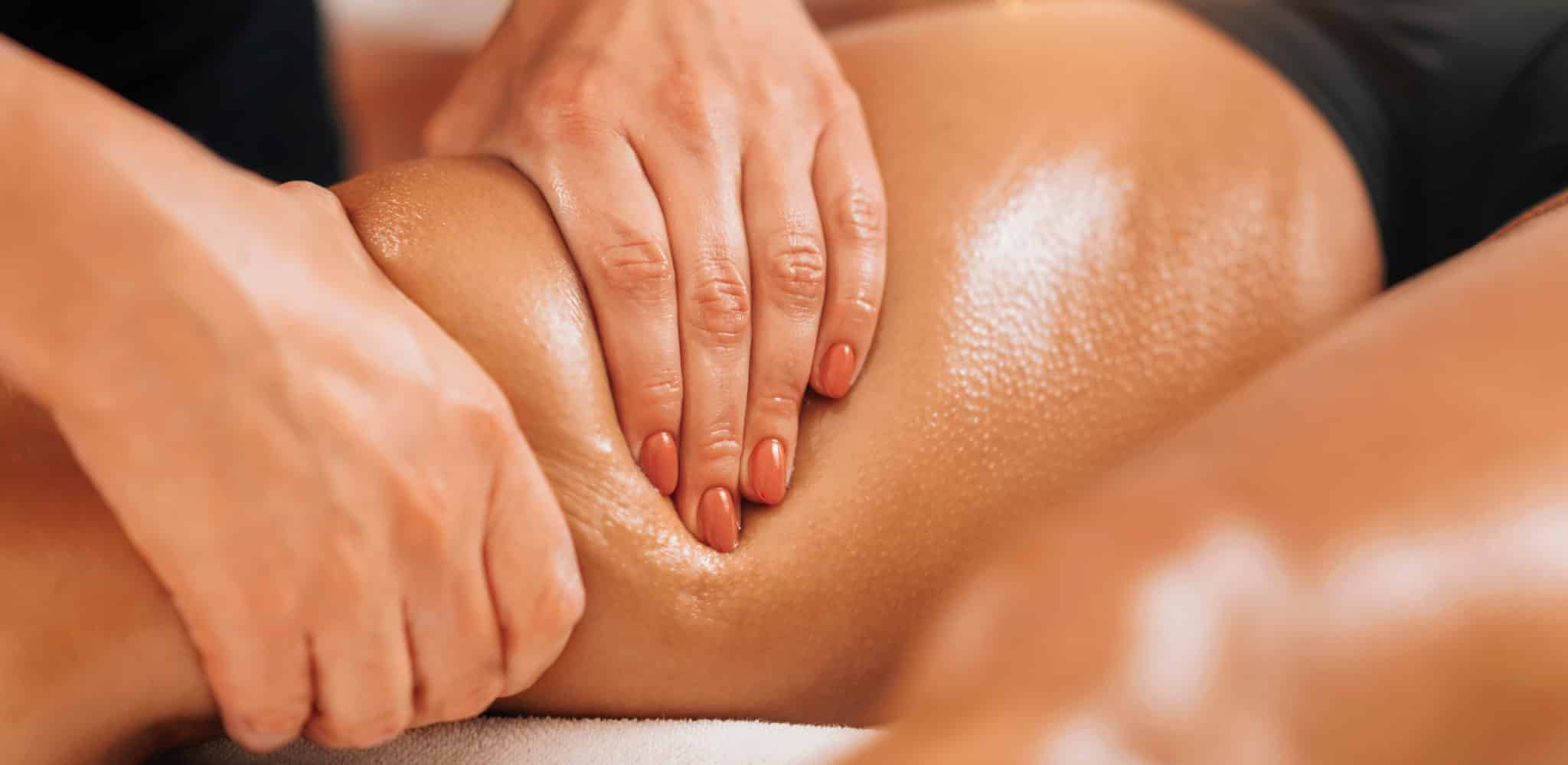The Importance of Post-Surgery Lymphatic Drainage
Outside of getting regular massage treatments are also specific massages for those preparing for surgery or already are in their healing stages. The Importance of Post-Surgery Lymphatic Drainage runs deep.
Although everybody is different and unique in how they respond to treatment, surgery, and cosmetic procedures, we all have in common our lymphatic system.
Our lymphatic system is vital to healing and helping our bodies fight infection and disease.
However, when the body experiences back up in the lymph system, some complications can create an uncomfortable scenario for you, your healing, and the body.
So our goal today is to go in-depth about the importance of post-surgery lymphatic drainage and sprinkle in some fruitful seeds of knowledge about the lymphatic system in our body.
Here is a breakdown of 5 things we will cover today…
- What is the Lymphatic System in the body?
- What are the signs of a blocked lymphatic system?
- What is a Manual Lymphatic Drainage Massage (MLD) and Technique?
- Why is Manual Lymphatic Drainage Massage important pre & post-surgery? & for Cosmetic Surgery.
- What are the Benefits of Manual Lymphatic Drainage?
We know there is a lot to cover, but it’ll be worth the read.
So let’s get to it.

What is the Lymphatic System in the body?
The word lymph is from the Latin word “lympha,” which means “connected to water.”
Here is a
quick anatomy lesson. The body’s lymphatic system is a network of tissues and organs vital in ridding the body of unwanted materials, toxins, and waste.
Our bodies are pretty remarkable in that sense, so we have to learn to understand and educate ourselves on the various functions the body has.
Imagine, it is like living in the same house for your whole entire life and not knowing where the kitchen is. Sounds ridiculous, right?
So get to know your home, get to know your body.The lymphatic system’s primary function is to transport the “lymph fluid” that carries white blood cells through the body that fight infection.
The lymphatic vessels that look similar to veins and capillaries are connected to the lymph nodes that filter the lymph fluid, which can be found in the body from head to knee, around the heart and lungs, underarm, and groin.
The spleen and lymph nodes serve a particular function, such as producing white blood cells to fight against infection in the body.
The white blood cells are called lymphocytes, the body’s immune cells that produce antibodies to kill infection and unwanted foreign microorganisms.
The Location of Lymph Nodes:
- Tonsils: Contains the largest cluster of lymphatic cells and is also our first line of defense.
- Lymph Nodes: Store and produce cells that help fight disease and infection. There are between 600 and 700 lymph nodes in the body.
- Spleen: The largest lymph organ in the body that carries white blood cells to help fight infection.
- Thymus: The thymus has a specific function of storing immature lymphocytes referred to as “T-cells” that then mature into white blood cells or lymphocytes.
Overall our lymphatic system is an essential constituent of the human immune system that also helps fight disease.
When the body is fighting infection, bacteria, or in worse cases, cancer cells, they become present in the lymph fluid. The body’s reaction is to then make more white blood cells in the lymph nodes to fight the current, unwanted bacteria.
The result of this causes swelling in the lymph nodes, large enough to be felt. Although, in some cases, the swelling can only be detected through a CT scan or an MRI.
This brings us to our next question.

What are signs of a blocked lymphatic system?
When the lymphatic system can no longer carry out the duties of:
- Draining lymph fluid back into the bloodstream
- Remove bodily waste
- Carry white blood cells
The lymphatic system essentially experiences what we call a “Lymphatic Congestion” or, in other words, a back-up. This occurs due to inflammation and disease, and the cells actually poison themselves from their own toxic cesspool of lymph fluids.
Examples of types of infections:
- Strep Throat
- Locally Infected Skin Wounds
- Viral Infections
- Inflammation/Autoimmune Disease such as Lupus
- HIV
To help you better read your body and the signs of Lymphatic Congestion, we put together a list of 21 symptoms that you can observe in yourself.
21 Signs of Lymphatic Congestion:
- Headache
- Brain Fog
- Swollen Lymph Nodes/Tonsils
- Lack of Energy
- Recurring Sore Throat
- Mucous in the Morning
- Mucous Drainage after Dairy and Flour
- Fluid back-up in Ears (mainly found in children)
- Popping & Ringing Ears
- The decrease in the ability to fight infection (reoccurring cold and flu)
- Constipation and Sluggish Bowel Movements
- Unable to lose weight (this is a significant factor for weight retention)
- Sore or Stiff Body in the Morning
- Bloating and Heaviness
- Swelling in the Extremities
- Arms and Hands fall asleep during the night
- Pain and Pressure along the Spine and Shoulders
- Sore breasts with Menstrual Cycles
- Itchy Skin
- Acne & Dry Skin
- Other Skin-related Issues
That is a hefty list of symptoms; however, paying attention to how your body responds is important to promote optimal health, seek appropriate treatments and encourage healing.
Aside from only treating symptoms, a Manual Lymphatic Drainage Massage allows you to take a step further in your healing journey.
Here are a few reasons to opt for this massage but from a different angle:
- To cleanse the body tissue during season changes.
- To help cope with stressful times.
A Lymphatic Drainage Massage after a face life example with us:
Lymphatic Drainage Massage is now being used as a form of Spa Treatment for 5 various reasons:
What is a Manual Lymphatic Drainage Massage (MLD) and Technique?
The MLD is a type of massage designed to clear the collection ducts and clear pathways needed to transport fluid.
The lymph flows in one direction- upwards and towards the neck, and the trained professional ensures that every area is treated and fluid is not trapped during the process.
What is the Manual Lymphatic Drainage technique?
The technique of the MLD massage is different from your typical Swedish or Deep Tissue massage.
The trained professional will use multiple rhythmic movements consisting of gliding, compressing, stretching, and cupping motions.
It’s important that the vessels do not get compressed during the massage, so you can expect light movements without any oil that will follow a fluid pattern throughout the entire lymphatic system.

Why is Manual Lymphatic Drainage Massage important pre & post-surgery?
Pre Surgery:
The Lymphatic Drainage Massage is essential for pre-surgery because it is crucial for a full recovery.
The MLD helps to stimulate the lymphatic system, get the body ready for surgery to help with the healing process while reducing post-surgical treatments so you can recover quicker.
A Manual Lymphatic Drainage massage is beneficial for cosmetic surgery, liposuction, and knee surgery.
It is crucial to get the body prepared for the surgery with an MLD massage. It is just as vital for post-surgery procedures to help aid in the healing process and allow for a full recovery.
Post Surgery:
After surgery, our bodies are in full trauma response mode, which means inflammation and swelling.
Post-surgery benefits of the Lymphatic Drainage Massage help aid in healing by increasing circulation and decreasing recovery time. Since the body is prone to infection after a serious procedure, we need our lymphatic system to help fight infection.
Post-surgery lymphatic draining also helps with boosting the metabolism and immunity while improving skin elasticity.
It is a requirement for most people to have 8-12 sessions within a 2-3 week period.
However, healing and adjusting after surgery are different for each individual. Considering that, treatment and self-management after surgery will also play a role in your healing process requirements.
An MLD massage is important no matter what kind of treatment you received. Failing to do so can slow down your healing process tremendously and potentially lead to complications.
An example would be Fibrosis, a permanent hardening of the treated area and inflammation/swelling that lasts longer than it has to.
Why is Lymphatic Drainage important for post-cosmetic surgery?
The importance of post-surgery lymphatic drainage massage will help the body get rid of excess anesthesia, reduce swelling, and flush out the by-products from the surgery.
This is important because during procedures such as liposuction and abdominoplasty, the lymphatic system’s natural pathways are disrupted.
For those who receive surgery on their face or nose, the swelling can be excessive and persist for an entire year. Yikes.
When to schedule MLD for Cosmetic Surgery?
What are the Benefits of Manual Lymphatic Drainage?
You can’t go wrong with an MLD massage when it comes to your health and taking a step further into healing and supporting your body’s optimal functioning.
So in this section, we will name a few benefits of Lymphatic Drainage.
There are two categories of lymphatic drainage massage, one for those who include it as a part of their skincare and wellness routine or to treat symptoms of:
- Digestive Problems
- Hormonal Imbalance
- Acne & Rosacea
- Cellulite
- Allergies
- Headaches
- Pain Relief
In a nutshell, here is a list of 10 benefits and the importance of post-surgery lymphatic drainage:
- Increase Healing Process
- Reduce Bruising/Swelling
- Remove Cellular Waste
- Improve Immunity
- Reduce Inflammation
- Decrease Infection Risks
- Reduce Fibrotic Nodules/Scarring
- Improve Skin Texture and Tone
- Decrease Pain/Sensitivity/Discomfort
- Restore Equilibrium
Check us out in Honolulu, on Oahu:
We hope this was helpful and that you gained a better understanding of the importance of post-surgery lymphatic drainage and the overall maintenance and wellness benefits of this type of procedure.
Our goal is best to serve you on this beautiful island of Oahu, in Honolulu, so ensure you get the best results and feel safe before, during, and after surgical and non-surgical procedures. To be a part of your healing journey, we would like to share our phone number
(808) 200-4611 and an
appointment request form so we can get in touch sooner rather than later.



